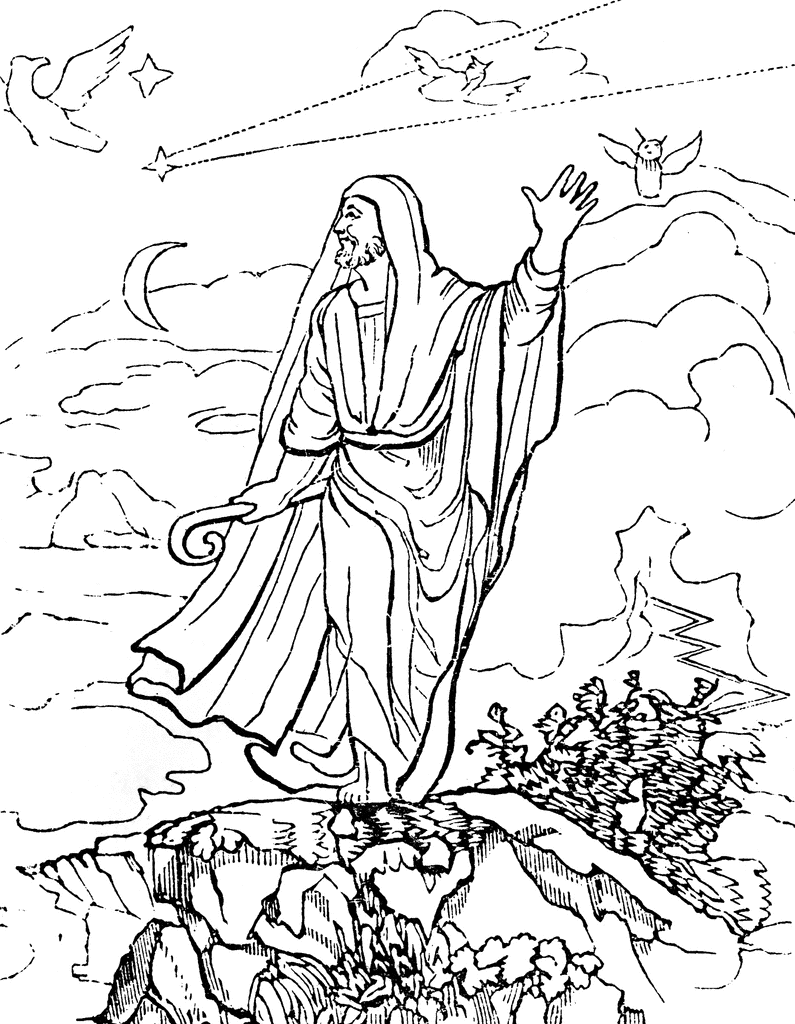Never-ending thoughts on being Half during Italian American Heritage Month.
- kara wood

- Oct 15, 2022
- 4 min read
Updated: Oct 15, 2022

Above photo me at the age of 7 or 8 at the annual October Italian Fest in my hometown. I have hidden the identity of my little Italian-American friend, who I remember fondly, and also remember, even at an early age, that it was noted and special that we were both Italian American .
October is Italian-American Heritage Month.
Usually, I have a sort of aversion to special months, days, etc. that are reserved for specific causes, groups, ethnicities. Not because I don’t feel it is important to bring attention to the real struggles, the systemic injustices, or amplifying ethnic pride in response to continued attempts of erasure through “Americanism”. I have an aversion to these months because I feel they are reductive.
This year, more than any other, I have felt called to deepen into Italian American Heritage month.
There are several reasons why this is hitting me now. I think a major catalyst was last month when I watched an interview on youtube between an Italian and an Italian American. The Italian questioned the existence of Italian American Culture and I nearly fainted when I heard her suggest, even temp the idea that Italian American Culture is one to question! For me, Italian American culture has been such a loud part of my American reality and experience-even from where I have lived it-on the outskirts.
I have felt in-between for most of my life. Half. Not all. This feeling is not just reduced to my ethnicity, like so many of us, my otherness has also been shaped by socio-economics, gender, and neurodiversity. I believe the root for me, is being half and half, neither of which is a whole half, if you catch my drift. Severed, assimilated, forgotten parts of identity. Half Italian, half mixed white/northern European. Raised by a first gen Italian-Americain who was raised by Calabrian immigrants who traded what they knew for what they had no idea they were inviting in.
I can't fit in with the Italian Americans who had the container of Italian-American so beautifully packaged in red white and green; that solid foundation and not the crater beneath me. To know what it feels like to always have a Sunday dinner with extended family, the Catholicism that my family left, to have elders still alive -for me, most had died by the time I was the age of the photo above.
But I have been enough of the half to also not fit in with the white people that I grew up with. I was the ethnic white, the brown white. Thank goodness for the Mexican and South American friends I had in my youth, even tho I was still "white" to them, I was/am am a liminal white-I could relate to where they were coming from, from their families perspectives so much more than with the people I knew who didn't come from recent immigrant homes. I grew up 3000 miles from where my people landed when they got off the boats.
I have been Calabrian-American enough to have Northern Italian people turn their back to me when I have told them where my nonni came from. I have been brown eyed liminal enough to have been mistaken for an Arab, Jewish and Mexican.
Though my German and Scottish ancestors live loudly inside of me, it is not them that have been seen by others in my life. And now that my dark hair has turned white, my Italian-ness has had one more piece chipped away.
The beauty of the Italian-American simulated identity that Hollywood/television and art sold me growing up was a place to hold onto, something to wrap my fingers around and squeeze. Something that I could lean into and say, “I am part of this too, I come from the same soil and accordion music and sauce and pain”
So for me growing up in the 1980s in Southern California, inside the universe that is me, Laverne deFazio became my cumma. Madonna and Frank Zappa, my elders. As a teenager it was powerful IA actresses like Annabella Sciorra and Marisa Tomei who comforted me back into remembering who I was when I was bombarded with the Anglo-centric ideal-the 90s were ruled by Kate Moss and the British waif.
It was Coppola, Scorsese, De Niro, Pesci, Pacino who made my heart sing and feel warm and connected. It was my comfort. I felt my nonne in Tomie dePaola's strega nona books. My cells danced listening to Louis Prima. Tomatoes and zucchini ruled our garden and kitchen in the summer and Frank Sinatra ruled my moms stereo. This was my Italian-American experience.
When I was in my 20s and I would spend time in New York City I would sit on the subway and smile and sometimes cry, as I looked around and saw so many brown eyed woman and girls with dark curly hair. They didn’t straighten their hair like in California.
I longed to live somewhere where I felt like I looked like I belong.
When I spend time in Italy, especially Calabria, I feel that. But it also comes with the leash of American identity, and of being half. I cannot escape it.
And so I float above the crater beneath me, placing plants and song and dance and tears to hold me up, to fill in the foundation that was dug out.
Thank you for reading my never ending thoughts on identity.
In honor of Italian American Month I want to share some things that have been keeping my heart warm:
I highly recommend watching The Offer for beautiful, deep, contextual 20th century Italian American experience.
Also:
Italian American Museums:
AND
There are many other Italian Americans who are also dissecting and illuminating the depth and nuance of the Italian American experience.
A few:



Comments